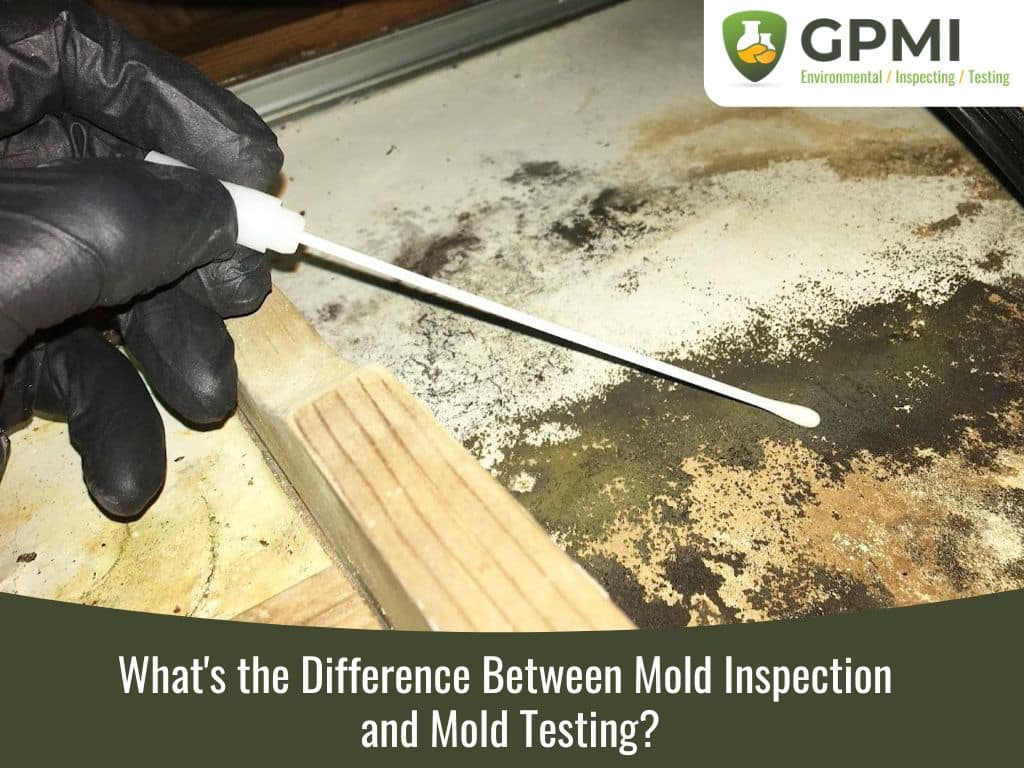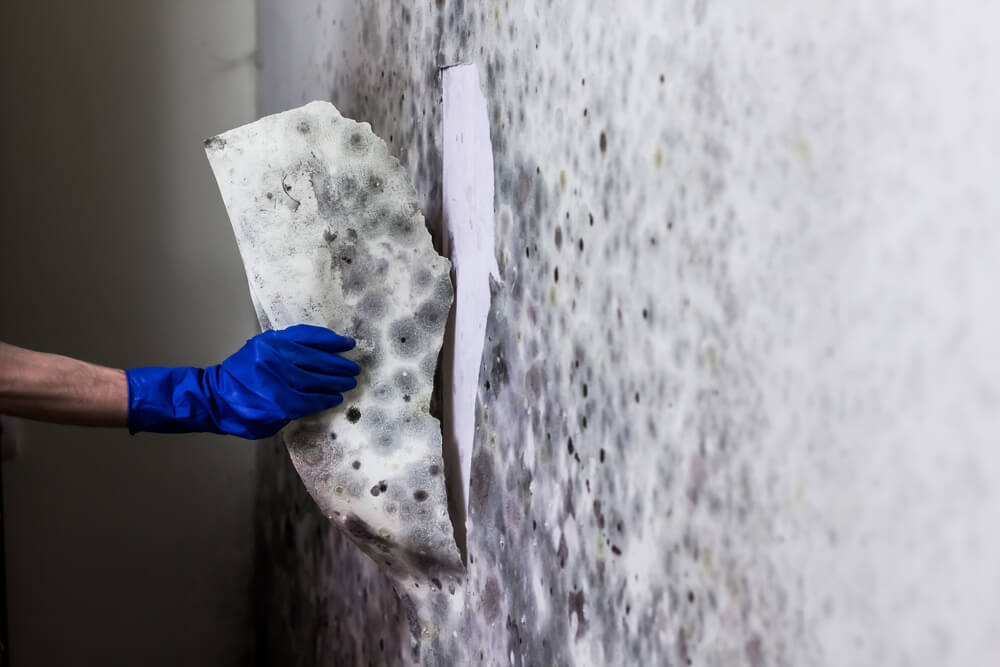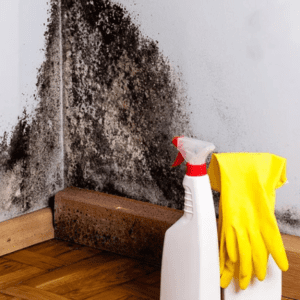Comprehensive Post Mold Remediation Procedures
Wiki Article
Your Ultimate Overview to Article Mold Remediation Techniques
Browsing the world of post-mold removal methods is a precise procedure that demands focus to detail and a comprehensive understanding of the details involved. In the consequences of mold and mildew infestation, understanding just how to properly eliminate the mold and prevent its reoccurrence is vital for maintaining a healthy interior environment. From picking the best cleaning and sanitizing methods to implementing approaches for long-term mold prevention, each action in the removal trip plays a crucial duty in making sure a successful result. As we get started on this exploration of post-mold removal methods, we will discover the vital techniques and finest methods that can help you restore your room to its pre-mold problem and protect it against future mold and mildew threats.Comprehending Post-Mold Remediation Refine
After completing the mold removal procedure, it is critical to understand the post-mold remediation techniques that are essential to ensure a reliable and detailed cleanup. As soon as the mold has actually been removed, the next action includes cleaning and decontaminating the affected locations to protect against any type of regrowth of mold.
Moreover, performing a final inspection post-remediation is important to ensure that all mold has been efficiently eliminated. If the assessment reveals any sticking around mold and mildew, extra removal may be necessary.
Effective Cleansing and Decontaminating Techniques

Protecting Against Future Mold Development

Value of Correct Air Flow
Correct air flow plays an essential role After mold remediation in stopping moisture build-up, a vital consider mold and mildew growth within interior atmospheres. Effective air flow systems help eliminate excess humidity from the air, minimizing the opportunities of mold and mildew spores discovering the wetness they need to spread out and sprout. Without sufficient air flow, interior areas can come to be a breeding place for mold, resulting in potential health risks and architectural damage.By making sure appropriate air circulation, air flow systems can also help in drying out moist locations a lot more rapidly after water damage or flooding events, even more discouraging mold development. After mold remediation. Precede like bathrooms, attics, cellars, and kitchen areas where moisture degrees often tend to be greater, mounting and maintaining reliable ventilation systems is vital in preventing mold and mildew invasions

Monitoring and Maintenance Tips
Given the essential role that correct ventilation plays in protecting against mold growth, it is important to develop reliable surveillance and upkeep ideas to ensure the continued capability of air flow systems. Routine examinations of air flow systems should be performed to inspect for any kind of indicators of clogs, leaks, or malfunctions that could hamper appropriate airflow. Surveillance moisture degrees within the property is additionally essential, as high humidity can add to mold and mildew development. Installing a hygrometer can help track humidity degrees and sharp house owners to any kind of spikes that may require interest. Furthermore, ensuring that air filters are consistently cleaned up or changed is important for preserving the performance of the ventilation system. Carrying out a timetable for routine maintenance tasks, such as air duct cleansing and a/c system evaluations, can help protect against issues prior to they escalate. By staying attentive and proactive to the problem of ventilation systems, property proprietors can efficiently minimize the danger of mold and mildew regrowth and preserve a healthy and balanced indoor environment.
Conclusion
Finally, post-mold removal strategies are essential for making sure a tidy and secure environment. Understanding the procedure, carrying out reliable cleansing and decontaminating techniques, preventing future mold and mildew development, keeping appropriate ventilation, and routine tracking are all essential actions in the remediation process. By following these guidelines, you can effectively remove mold and avoid its return, advertising a healthy living or working area for all passengers.In the aftermath of mold and mildew infestation, understanding how to effectively eradicate the mold and prevent its reoccurrence is paramount for keeping a healthy and balanced indoor setting. As soon as the mold and mildew has actually been removed, the next step entails cleaning and sanitizing the impacted locations to stop any kind of regrowth of mold and mildew - Post Mold Remediation. After removing visible mold development, it is critical to clean up all surfaces in the afflicted location to remove any type of staying mold spores. To further improve mold and mildew avoidance actions, it is necessary to attend to underlying concerns that initially led to mold growth.Provided the essential role that correct ventilation plays in preventing mold development, it is necessary to establish effective monitoring and upkeep tips to ensure the continued capability of air flow systems
Report this wiki page